Dear Parents,
Throughout the school year, each student has had lessons on a wide range of materials, and over these last months, we find them to be remarkably independent as they explore all subject areas during the work cycle. While the sunny days bring positive energy, everyone is showing confidence in their abilities as they seek new challenges. They are having fun while staying productive. Your children are even motivated to clean the classroom! After lunch each day, a good number of students are asking to help us out by offering to tidy up the classroom, so don’t let them fool you at home if they’re leaving messes everywhere! Your children understand the benefits of a clean and beautiful environment (as we have had many, many lessons on how to create a safe and inviting atmosphere), so I should hope that they are doing their part and caring for their home environment as well. As you can imagine, Anisa and I are very proud of how far our students have come since the beginning of the school year, and it was a delight to meet with each of you during conferences to share the leap of progress that your child has made since we last met.
Small Group Lessons
These days, we tend to offer a lot of small group lessons in order to focus on individual progress. As we have gotten to know your children, we recognize their interests and we want to challenge each child in the direction that they are passionate about right now. We talked about some of those small group lessons with you during conferences, and we have continued meeting with each child on an individual and small group basis throughout the rest of the school year. Small group lessons cover a variety of subject areas, and while it’s a little trickier to try and photograph all of these lessons on the blog, hopefully you got a good sense during our conferences about what your child has personally been working on. We’ve included a handful of some small group lessons below.
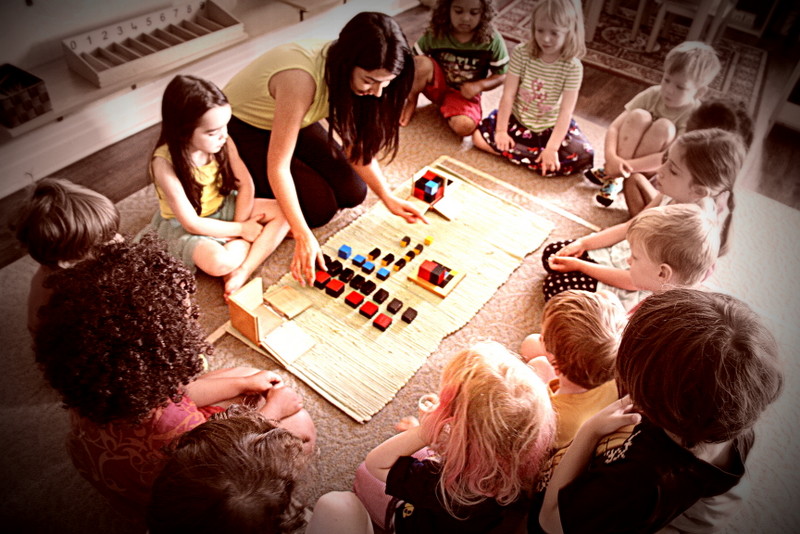
Small group lesson on the Montessori trinomial cube. This is a very complex box of blocks that create a cube when stacked together in 3 dimensions of various shapes and sizes. Children must have mastered the binomial cube before learning how to build this box.

Elanor and Eric working on the binomial cube, a lesson that was presented to them earlier this school year (i.e. the prerequisite for the trinomial cube). The binomial and trinomial cubes are actually a unique preparation for mathematics: the blocks are colour coded and are different sizes to represent the algebraic Binomial and Trinomial formulas, something that will make more sense to them at an elementary level. For now, they are getting a feel for the idea of building a cube with geometric solid cubes and rectangular prisms.
Large Group Lessons
First off, everyone is included in the following lessons. I’m pleased to say that we manage to keep the attention of all of our students nearly all of the time! In fact, we’ve had countless visitors on tours pass through and say that they are just BLOWN AWAY by how attentive our students are during lessons. They are also very impressed by how constructive each child is during work cycle, how polite they are to one another, and how interested they are in learning. When the Montessori approach is practiced in all seriousness, it truly boosts the intellectual growth of children as they spend time in an environment that offers engaging opportunities for them to be thoughtful and motivated individuals.
Anisa and I have so much fun giving lessons, because our students are SO interested in learning about new material and ideas. As Montessori teachers, we have been taught not to underestimate the intelligence of children, and with this perspective in mind, we can truly enjoy teaching in detail about the world around us.
Lessons on Animals
We have a variety of material that we show regularly in the zoology section of our classroom, and lately we’ve talked a lot about ways to classify mammals. Below, Anisa is showing the students cards that that label the parts of a mammal. We’ve also given lessons on matching adult animals to their babies, along with vocabulary words of baby animals.
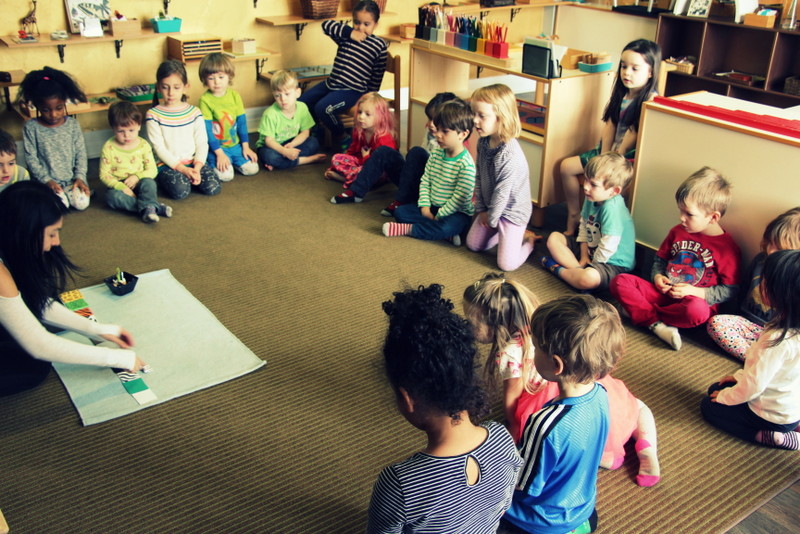
To add some color to our zoology area, Anisa made an animal skin matching work out of colorful foam sheets that match the patterns on some of our little figurine animals.
Insects are a big topic as well lately, as we are seeing more bugs out these days with the warmer weather. One of our works that the kids have enjoyed is based on the life cycle of a butterfly, and shortly after this work had been introduced, Rachel’s mother offered to bring in some butterflies that Rachel had been raising at home. They recently hatched out of their chrysalides, so it was perfect timing to go along with the theme of interest lately.
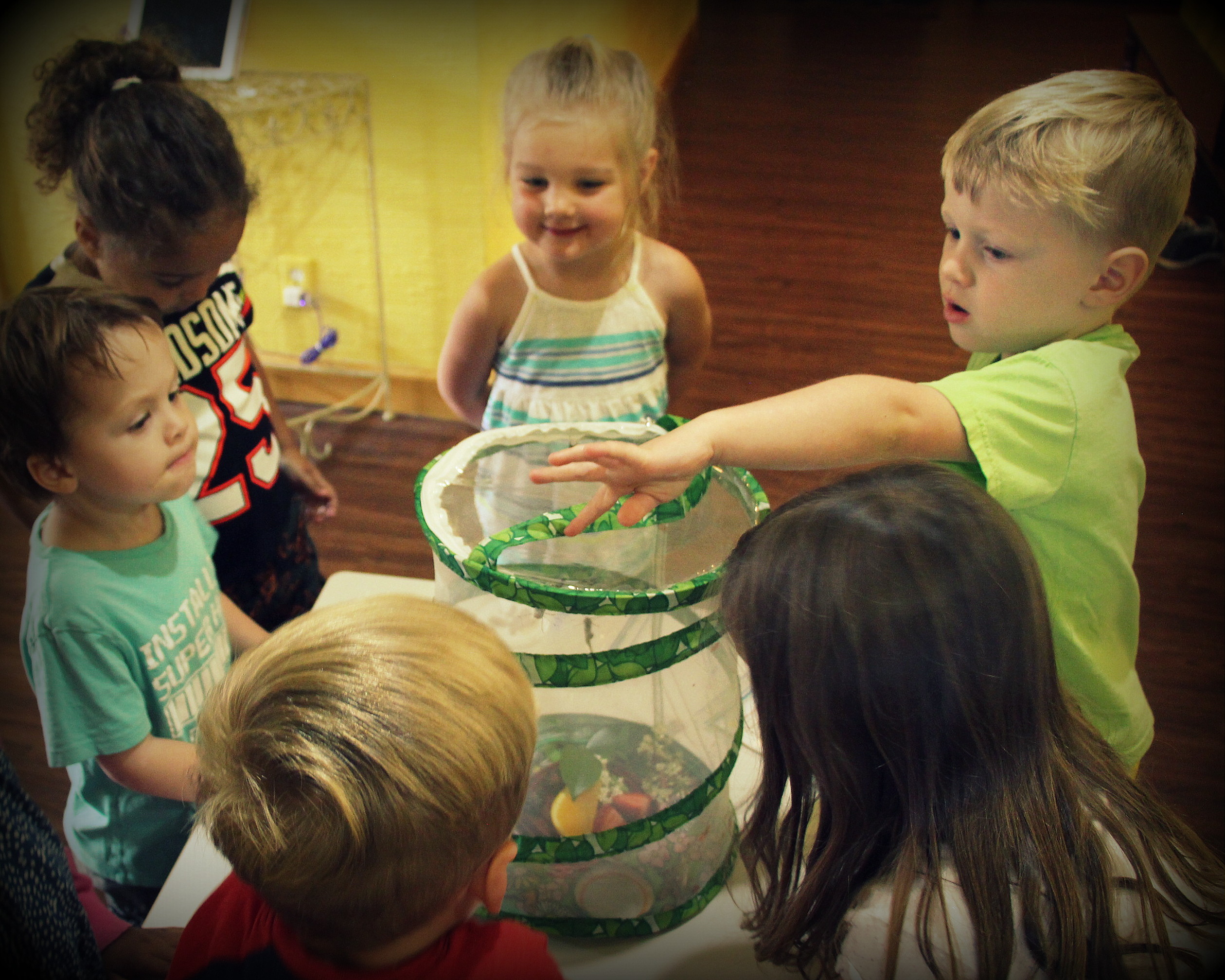
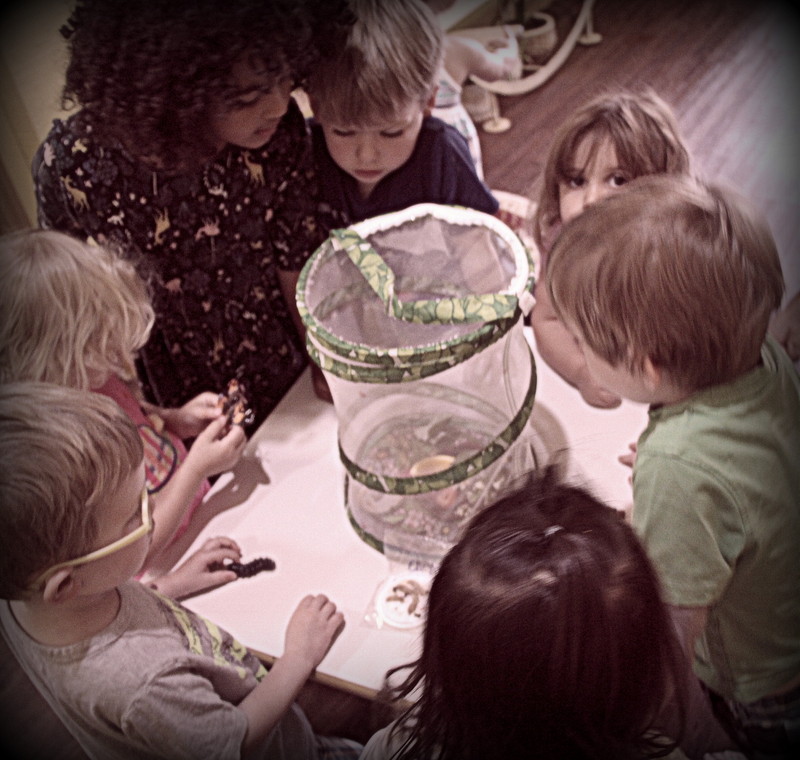
 Thank you, Rachel and family, for sharing your beautiful butterflies!
Thank you, Rachel and family, for sharing your beautiful butterflies!
Language
Everyone is branching out in different directions with language, and having fun with hands on Montessori material. I also continue to come up with fun tracing and writing activities for our students. At this point, our 3 year old students aren’t just scribbling anymore- they’re making markings and trying to trace! Our oldest are tracing and writing by choice, having fun in small groups where they can chat with their friends.
Below, are some examples of children using Montessori materials to work on letter sounds and word building.



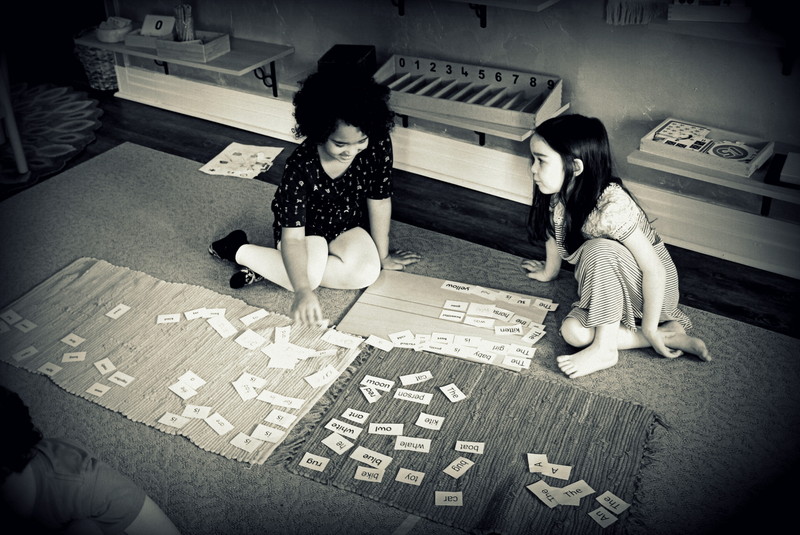
 Storytelling Lessons
Storytelling Lessons
We continue to encourage our students to practice telling stories with our materials as they learn to narrate, sequence and use appropriate tenses in small groups with their peers. Below, I was playing out the old classic story of Goldilocks and the Three Bears. We discussed what happened at the beginning, middle, and ending of the story, and talked about the morals and idea behind the story. The kids love to role play with this type of material as they use the imagery cutouts to tell the story.
Storytelling Books are Back!
For those of you whose children attended last year, you might remember my storytelling booklets good for all ages. For those who haven’t seen these books yet, basically, they consist of random images that I have been drawing such as animals, people, objects and different settings, along with some tracing or writing options to go with the images. These books are put together randomly, with some blank pages in between, and the idea is for children to find ways to link the images together with their own stories (using the blank pages to add storylines) as well as to add their own details to the original images. All students are welcome to work on these books. While our little ones are still learning to trace and draw, they may not be adding much to the blank pages just yet, but they can practice tracing and trying to color images within the lines. Our older students who have been with us for at least a year tend to fill up the pages with artwork and add their own story lines. We periodically invite children to “read” their stories to the classroom during circle time, as many of them are very proud of their creative ideas.
Lessons in the Botany Area
Since spring has arrived, we have been talking and reading about flowers, pollination, the insects that collect pollen and nectar, and so on. Below, Anisa is teaching the parts of the flower with our beautiful wooden Montessori puzzles. We have also previously given lessons on seeds and the plants they come from, parts of a tree, and different types of leaf shapes.
Music Lessons on the Piano
First off, the prerequisite to the piano is our set of bells which children learn to organize the notes within the octave C, a lesson I mentioned in the last blog. Since then, we’ve been talking about the visual intervals seen in notes on the treble clef staff, and how the notes that are lower sound lower, and as we go up in scales, the pitch gets higher.
I gave them some lessons on how the base clef and treble clef can be read on the piano, and this year, I took some time to tape some notes of the base and treble clef scale of C Major directly onto the piano keys to give children a visual as to how sheet music is read. In Montessori, music centers are encouraged, but it’s very flexible as to how we approach teaching music as they don’t get too into specifics, so I came up with this idea from my own musical experience a few years back. I was looking for a way to allow children to practice the piano during work cycles without causing any disruption to others. I use color coded stickers that teach children to play major chords, i.e., notes that most people would agree sound good together, so that we don’t have to worry about any harsh messy notes during work cycles. Let’s be honest- most kids would just bang on the piano if we let them. Our students are welcome to play single notes on the piano at any time during the work cycle, or they can blend notes together by playing the color coded stickers to create chords. They have been taught to gently press the keys on the piano while our friends are working, and I’ve given them some ideas on creating melodies and keeping count. The kids really enjoy this opportunity to constructively play the piano, and I find that this method brings out the musical side in everyone.
Science Lessons
We’ve been digging deep into science. We’ve talked about rocks and minerals, the water cycle, how thunder and lightening are formed, all about liquids, solids, gases, and so on. Our students have even been introduced to atoms, particles, and molecules… and yes, I have been talking about the periodic table! I know, it seems like a little over-the-top for this age group, but chemistry topics are fascinating to our little ones. Many of my lessons are simply introductions to help children better understand the world around them. Whether or not they remember any specifics, they have had some visuals to help spark their interest in science later on down the road.
And just for your entertainment, I have included just some of the PowerPoint slides that we have recently had group discussions on. Ask your child to tell you about the images to see if they can tell you more. They might just surprise you!
When it comes to teaching big ideas, we spend time preparing in advance to simplify complex topics into “kids terms.” In these examples, I did my best to combine a variety of simple imagery to help our students get a good sense of “what on earth” I was trying to explain.
To go along with our PowerPoint lessons, we also have hands-on activities with Montessori material in the sensorial area that children practice during work cycles, stimulating their attention to the form of objects, such as our thermic tablets and wooden tablets. We describe the density, temperature, texture and weight of these tablets.

Anisa is demonstrating a lesson on the thermic tablets while wearing a blindfold as she isolates her sense of sight, a way to strengthen her focus of touch as she talks about the various weights, textures and temperatures of each tablet. Tablets include metal, wood, stone, glass and felt. All of our students have had lessons on this material and are welcome to explore these works (with or without blindfolds) during the work cycle.
Lesson on Static Electricity
I was just finishing up on a lesson on how thunder and lightening are formed one day, when Diego overheard the discussion and thought it would be fun to add to the lesson by talking about the static electricity of a balloon that Walter happened to have with him that day… This ended up being a fun, silly and unexpected extension to our topic. Thanks, Diego!
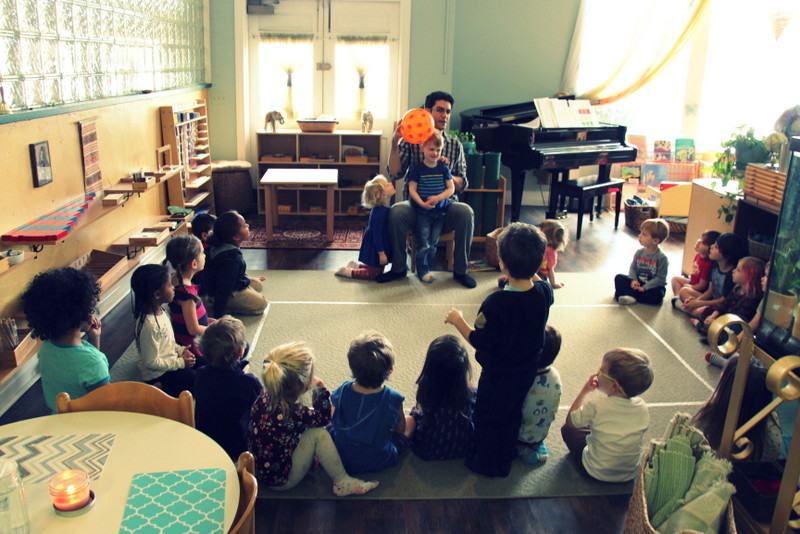
Geometry
We have a number of wooden boxes that contain shapes to introduce geometry as we discuss lines, points, symmetry, and so forth. The box that is being presented below consists of various sets of triangles. When matched with the proper color, these triangles create new shapes. In the photo, Anisa is seen tracing the black lines found on the grey set that consists of 6 equilateral triangles in order to show that when these lines join together, the triangles build a hexagon.
Geography
We have been learning a lot about different types of maps and map keys. Our students have taken a liking to our road maps material as well as to creating their own road maps. We have covered different kinds of land forms and bodies of water, and our students have especially enjoyed our land and water sorting works. Below, I was showing them how to carefully pour water into our lake and island material. We added little model animals to sort salt water and fresh water animals, labeling the water around the island as salt water and fresh water in the lake.

Most Popular Works of the Semester
Chess Wins! 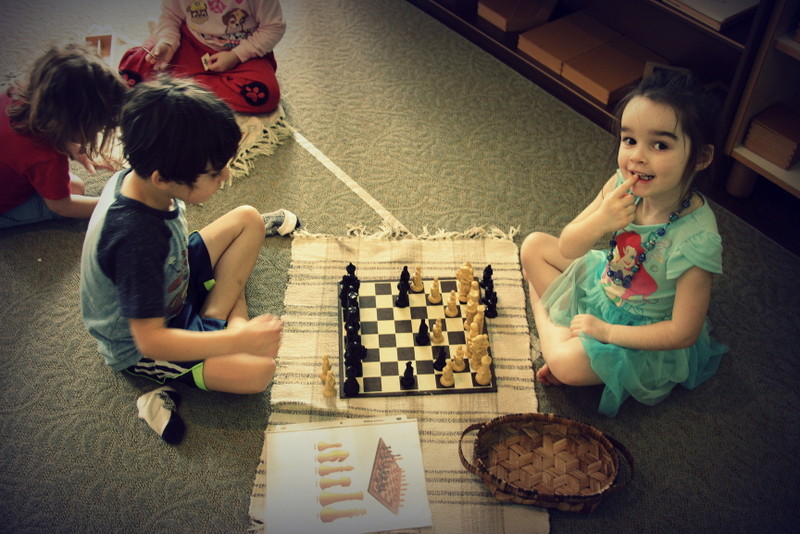
I’ve been meaning to teach the game of chess for some time, but I knew I had to be careful about the approach, because it could potentially be seen as a violent game- after all, there’s a battle going on. I finally decided to introduce it to the students last school year, because after reflecting on my own upbringing when learning to play chess as a little girl, I only have positive memories. So I gave it a go, and I think it’s safe to say that they’re having a fun and positive experience learning the game as well 🙂
As many of you know, chess offers so many strategies and tactics that are teachable and learnable (even for children), and once children start catching onto the concepts, it’s a fun approach to build problem solving skills and concentration. So to keep it “nonviolent,” when I introduced the game, I simply changed the idea behind the game. I made it all about who can build the bigger kingdom, or better yet, the bigger team… Sure, someone still (selfishly) needs to win the game, but we focus more on the process, and our students are having fun trying to solve the puzzle that each turn offers. In fact, I find that when children are working on the chess board, they are often thoughtfully discussing with each other about their options, never seeming upset if they’ve lost one of their own, but rather, more determined to figure out their next move.
For those chess players out there who might want to play with your child (if you haven’t started already), let me explain my approach in case you need to reintroduce anything as your child is still learning! So, the first lesson began with how to set up the chess board, which oddly enough, everyone thoroughly enjoyed this process, having fun trying to remember the names of the pieces while arranging them on the board. In fact, many children found that setting up the pieces is a work in itself and some of our youngest students feel plenty satisfied just laying out the board pieces and then cleaning up afterward.
The next lesson was how to use the pawn. For a whole week, these were the only pieces that anyone was allowed to move and they would play as far as they could, snatching up other pieces, but moving only the pawns. I basically told them, that they could take as many pieces as possible with their pawns (except for the king). The game of pawns was a big hit, and they knew that if they kept practicing, I would introduce the next piece. Following the pawns, I decided to introduce the bishops, so for a while, they only played with the pawns and bishops, and I kept adding a piece as the days went by. After many children kept pushing me to teach them about moving the queen and king, I finally introduced the queen first, telling them that she’s “very confident and ambitious.” Then I explained that everyone is trying to protect their king, “a very nice old man who cares about his team, but he is oh, so very slow, only moving one place at a time…” This idea seemed to make the kids giggle every time! Of all of the pieces, the knight is a tricky one to teach, but I came up with the idea to take a piece of paper, place it on the board, trace and cut out the path that the knight can take- the “7” or “L” shape. I traced the squares within it, oh and I added some hearts to where the knight begins and lands, all on both ides of the laminated paper. Amelia was using it during her turn below, holding one of the heart ends over top of the knight to figure out in which direction she could move.

I explained that this shape can be flipped and reversed, and used as a guide to hold above the knight to figure out the next move as they are getting used to memorizing this pattern (and I’m sure plenty of people out there has thought of this, so I’m not claiming this technique by any means). Our students are still very much in the beginner stages, so if you decide to get into chess with your child, please be easy on them! The younger ones are starting to get the hang of the pawns, and our older students are having fun working alongside them to remind them about how to use the other pieces. They aren’t always playing 100% by the rules as they are still learning to recognize traps, pathways and escapes, and of course, they are still working on their end game, so we are staying very positive. If I am with them, I give them options to think about for their next move, along with potential outcomes. When it comes to the end game, for a while there I just was telling them to focus on getting the most pieces and not to ever take someone else’s king, encouraging one player to surrender when they felt stuck with their king. I only just started talking about checkmate today, and I haven’t introduced much, except some ways to get into checkmate, but this idea will certainly take some time to set in.
I wish I had time to take photos of everyone playing, so you’ll have to take my word that each and every student has taken this board out multiple times! I’m very pound of this brainy bunch of students 🙂
Second Runner Up: Interior Decorating in the Doll House.
If you recall, in my last post, our students were building individual model rooms on trays, encouraged to think about how to create a mood to an environment with furniture and accents. All of this practice was preparing them to get creative in a much larger setting…
 After plenty of practice, we brought out the big doll house. The doll house is so popular that we have to put a 15 minute timer on it to make sure everyone gets a chance to build and create!
After plenty of practice, we brought out the big doll house. The doll house is so popular that we have to put a 15 minute timer on it to make sure everyone gets a chance to build and create!

I overhead Amelia say, “and this is the elevator,” as she slid the green shelf up to the second floor 🙂
Celebrations of Life
Thank you dear parents for helping us to make these celebrations extra special with your presence. It’s been fun learning more about each and every one of our students.
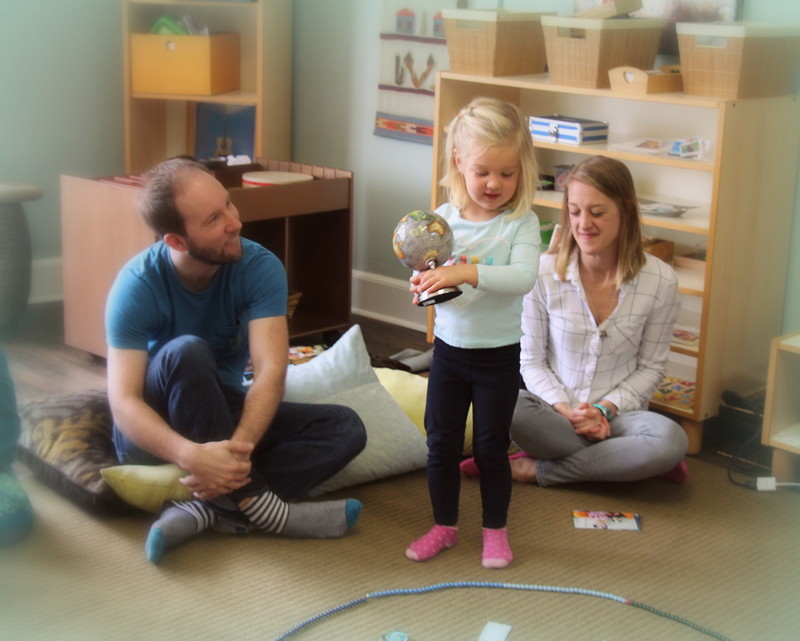
Rachel’s Celebration of Life

Eric’s Celebration of Life

Elanor’s Celebration of Life

Nico’s Celebration of Life

Connor’s Celebration of Life
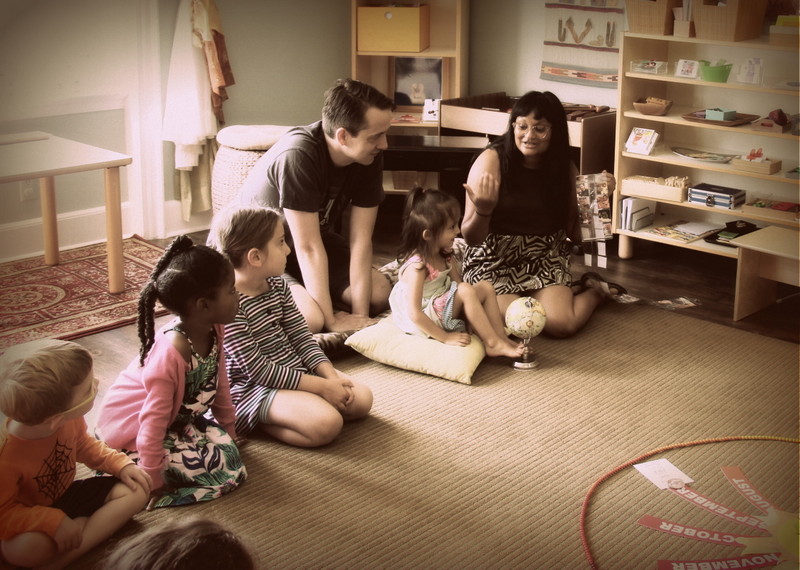
Anjali’s Celebration of Life
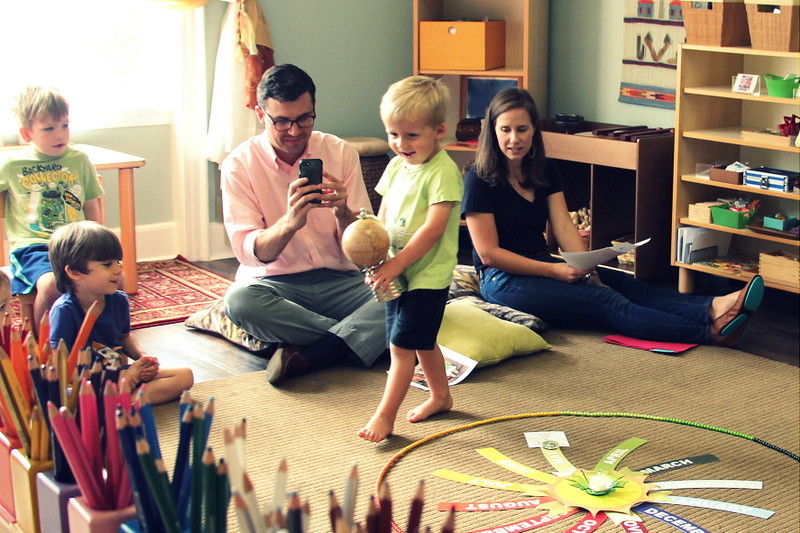
Ty’s Celebration of Life
Mother’s Day Celebration
What a special day it was to celebrate our mothers! Your children have been looking forward to the celebration for a good month, as we asked them to think about working on a design for their mothers in the practical life area. The practical life area has truly become a very artistic and creative area where children are fine tuning their coordination and focus.
They have always been very proud of their accomplishments in this area, especially when they made something colorful, interesting, and artistic. We hope that you enjoyed their beautiful artwork that they made just for you. Below are some examples of different artwork, in case you didn’t get a chance to see some variety as they were all beautifully displayed on the table before we passed them out!

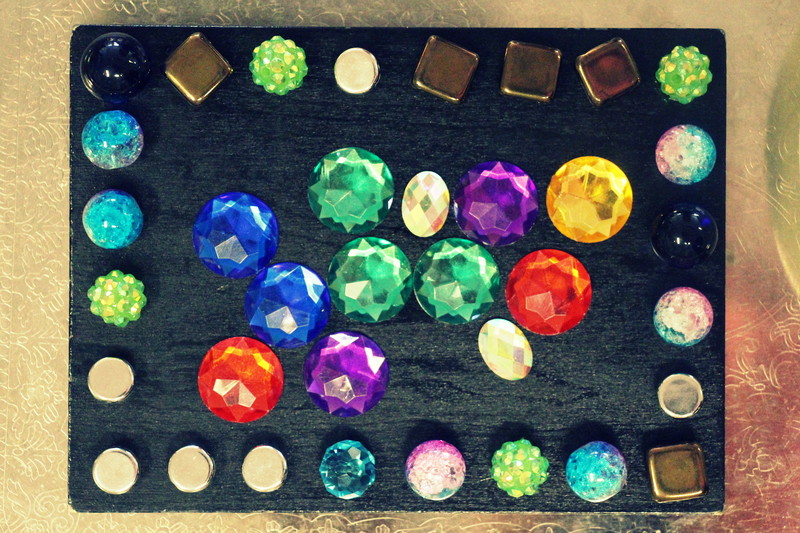


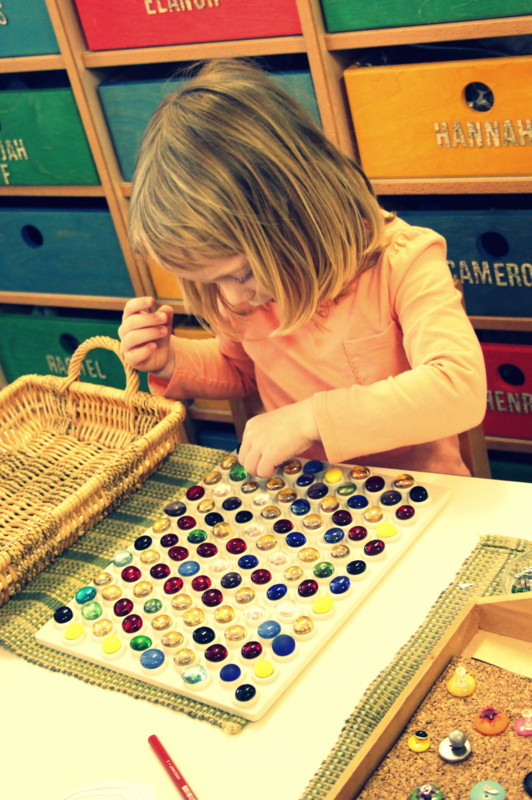

 We should have had an art show with all of their works hung on display!
We should have had an art show with all of their works hung on display!
Anisa is fantastic with sign language in songs, and our students have had a lot of fun preparing this song for you all. This is most of everyone’s first times being put in the spotlight, so I know some were a little shy to sing, but they were all practicing so well during circle times, so hopefully seeing them standing in front of you (singing or not) touched your hearts!
Thank you for your patience as the children snacked separately. They certainly enjoyed their snack time together.

Thank you, Mastaneh & Viola for your hard work with decorating the classrooms and preparing the treats for everyone!
I hope you all had a chance to talk with other parents at your table over some tasty treats.
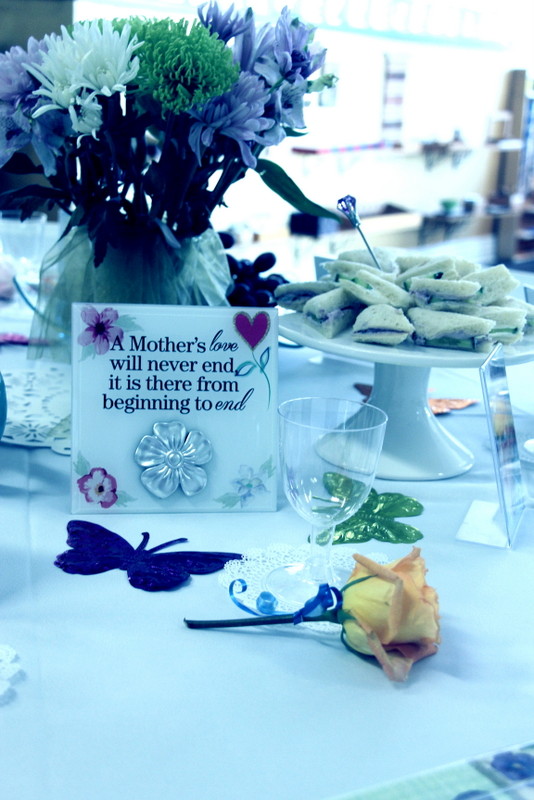
 And last but not least, we hope that you enjoyed hanging out with your child as they each presented you with a special gift.
And last but not least, we hope that you enjoyed hanging out with your child as they each presented you with a special gift.
Donuts with Dads Celebration
Below, the children were gathered for a circle time meeting before you all arrived, going over the game plan…

They were all so happy to sing for you another sign language song that they have been working on for some time now with Anisa. They were Adorable!
The kids had a blast eating donuts, and we hope you had a nice time, too!
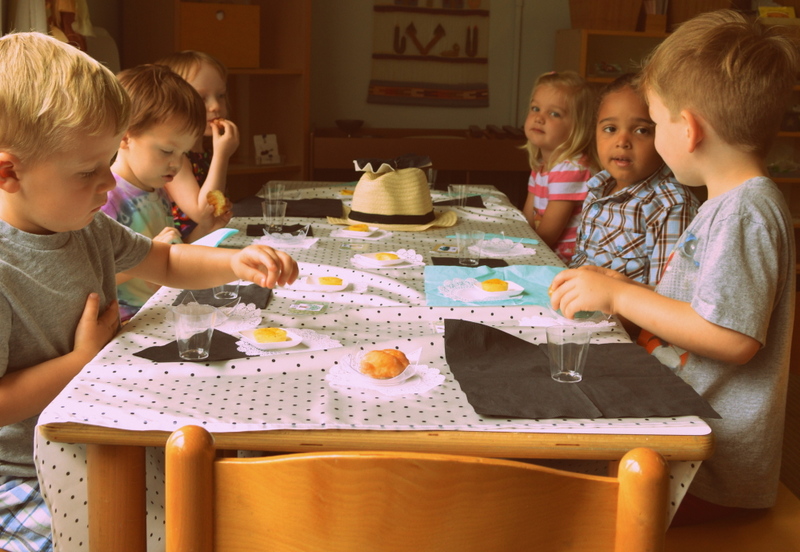

They also had beautiful works presented for you that they have been working on in the practical life area. They truly had some neat and unique designs made just for you.

We hope you all had a fantastic time with your little ones! Thanks to everyone that was able to join!
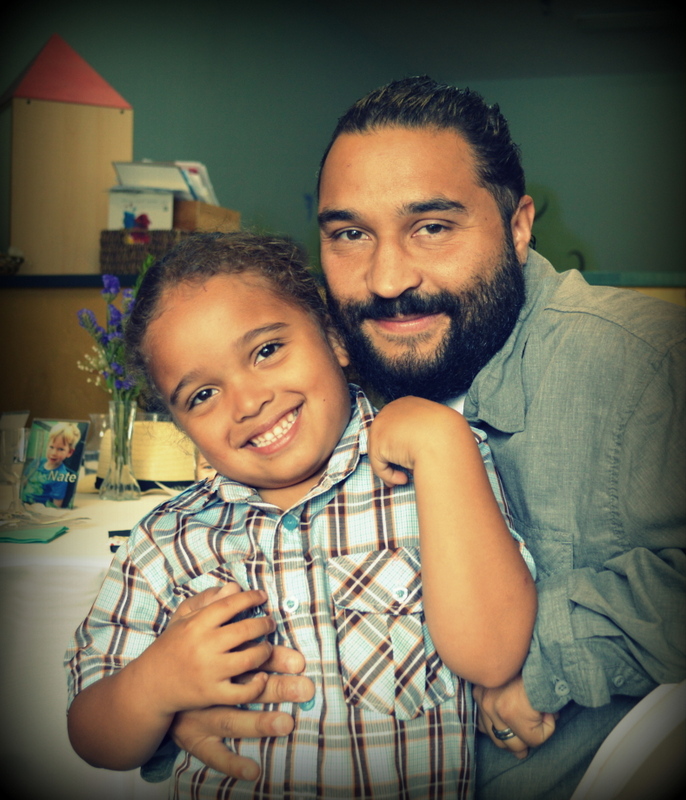
Donuts for Dads Celebration
Welcome Back, Ty!
Ty is a returning student, after being away in Africa with family as business came up for his father there. Some of you may remember his big brother, Luke, who was also here with us for some time. Ty, Luke, Mom, and Dad took off to Kenya last August where his Dad was doing a research project through Duke’s Hubert-Yeargan Center for Global Health. Luke and Ty went to Busy Bumbles for school where they made lots of Kenyan friends, and were also able to go see many different animals. We’re happy to have him join us at this time of year. He’s done a great job at adjusting quickly to our environment.
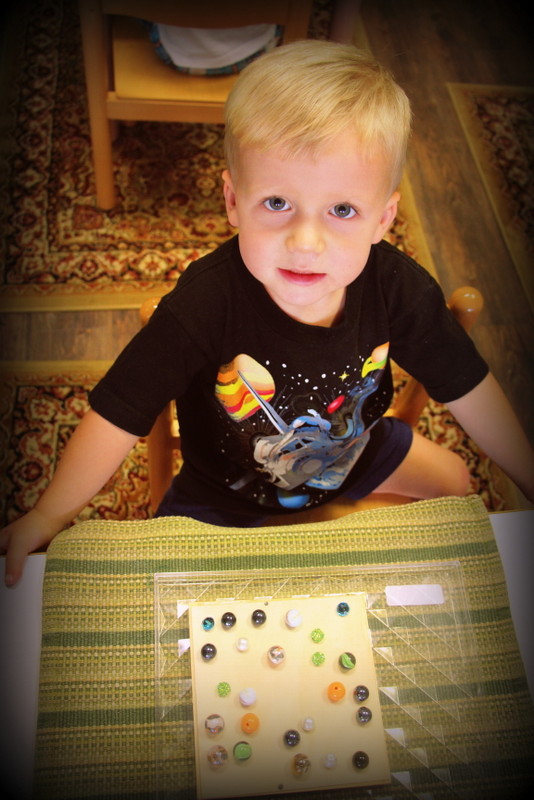
Welcome back, Ty!
Last But Not Least, More Work Cycle Photos of Your Children
Thank you so much for reading along and for all of your support during this school year. I hope that you can find some quality time to browse though the photos with your children. We are very proud of how far along everyone has come. They worked really hard this year, and had fun being constructive, independent, creative, and thoughtful! We will miss our students who are leaving us, but we are hopeful that you will find a way to stay in touch, and we are looking forward to having our returning students next schoolyear. See you soon for the end-of-the-year celebration!

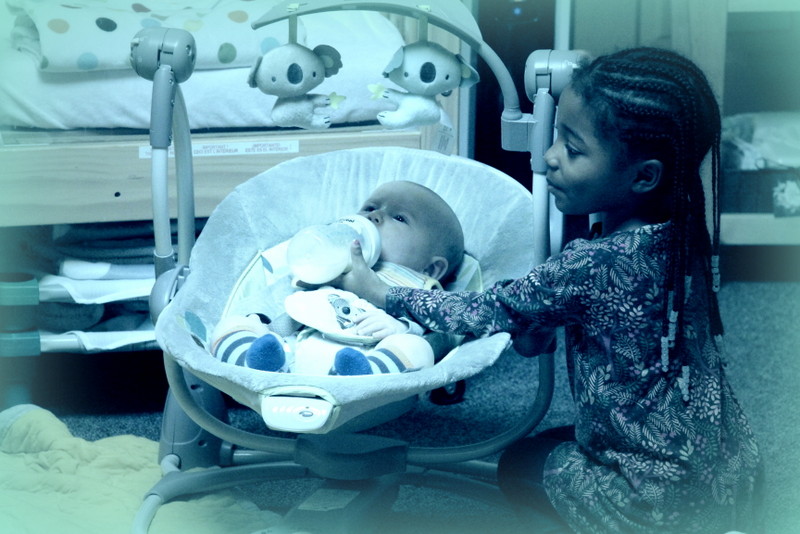
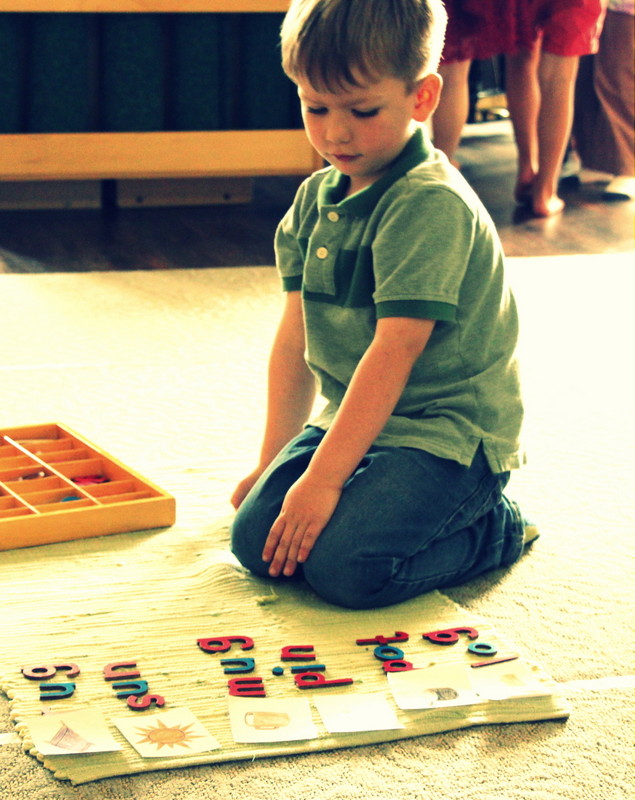




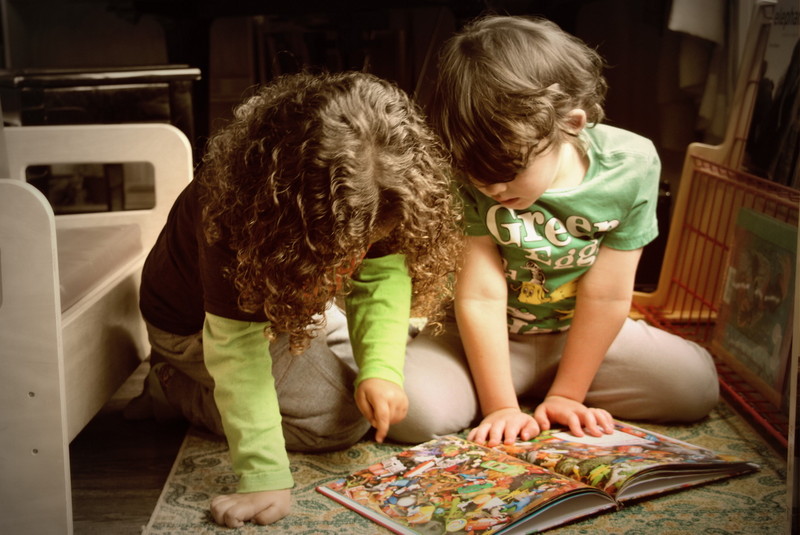
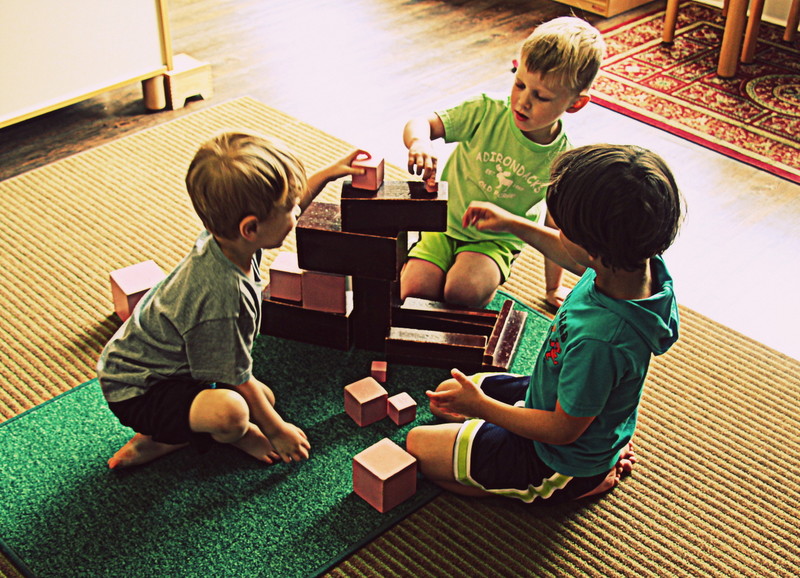
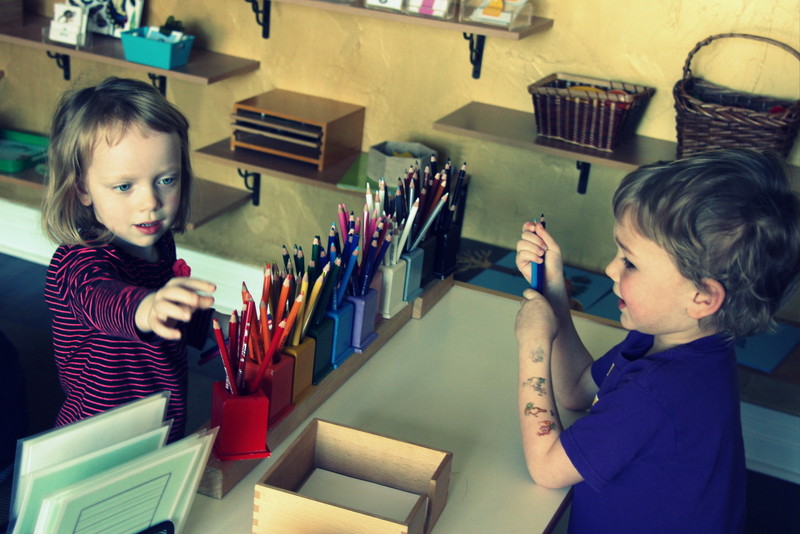





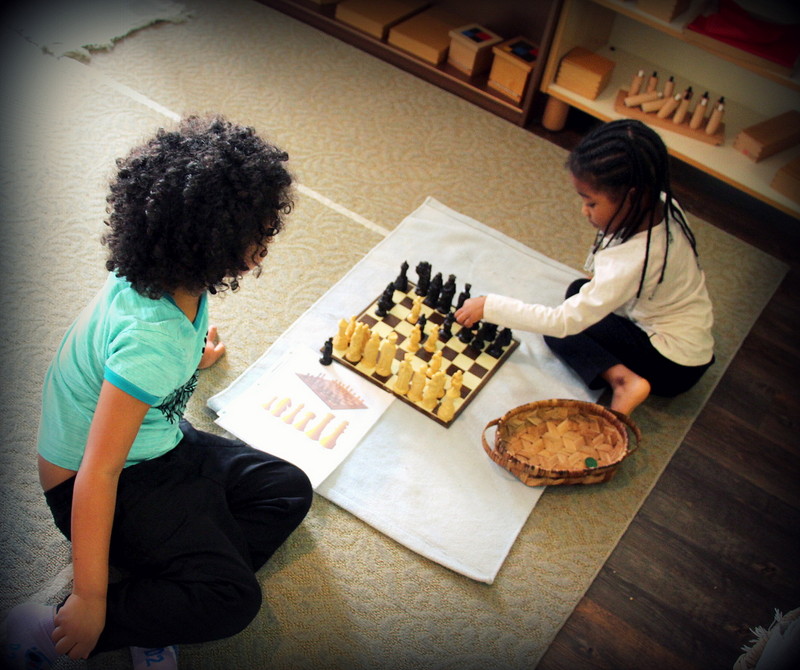

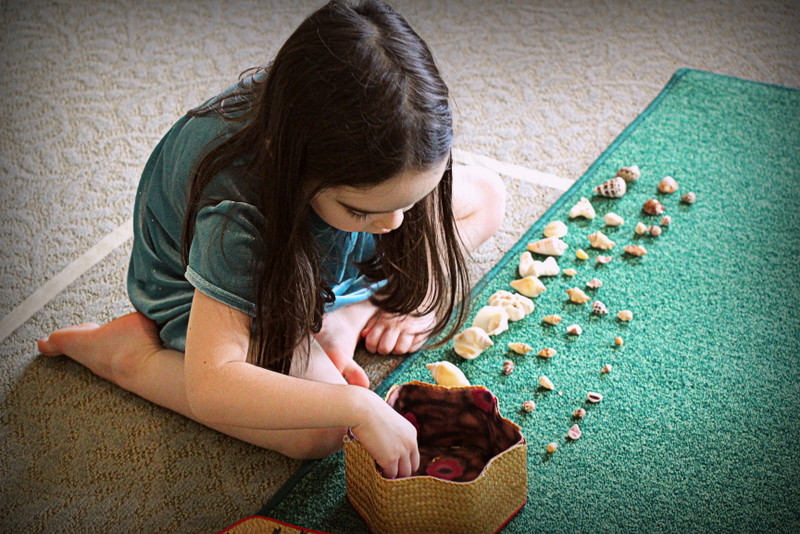







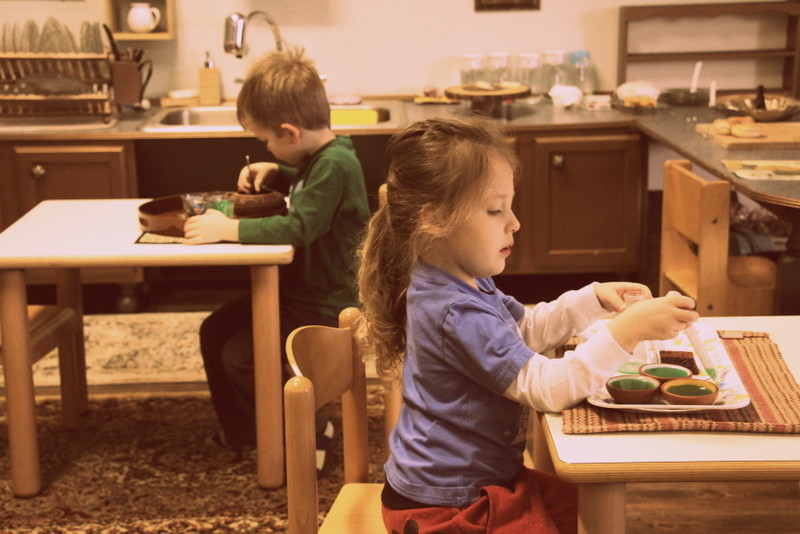



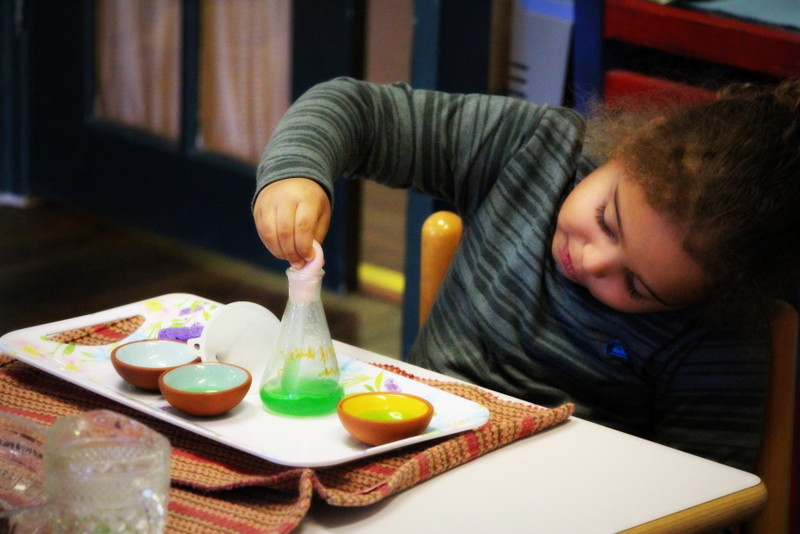

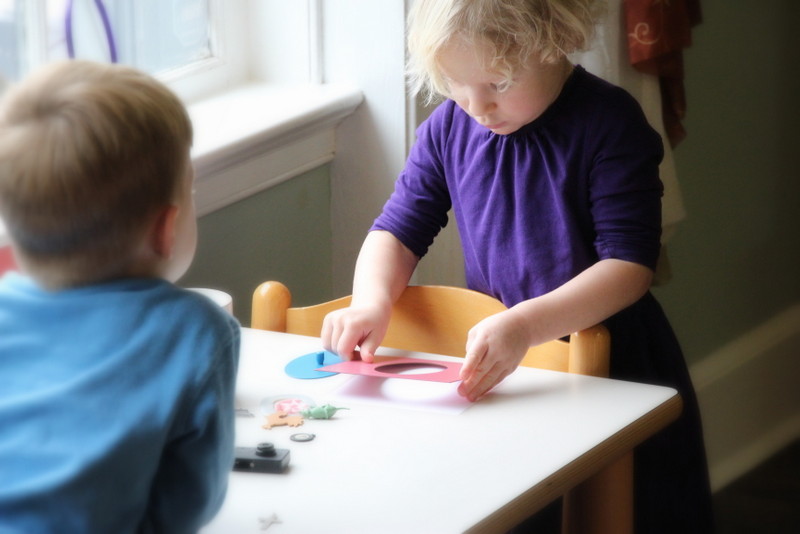

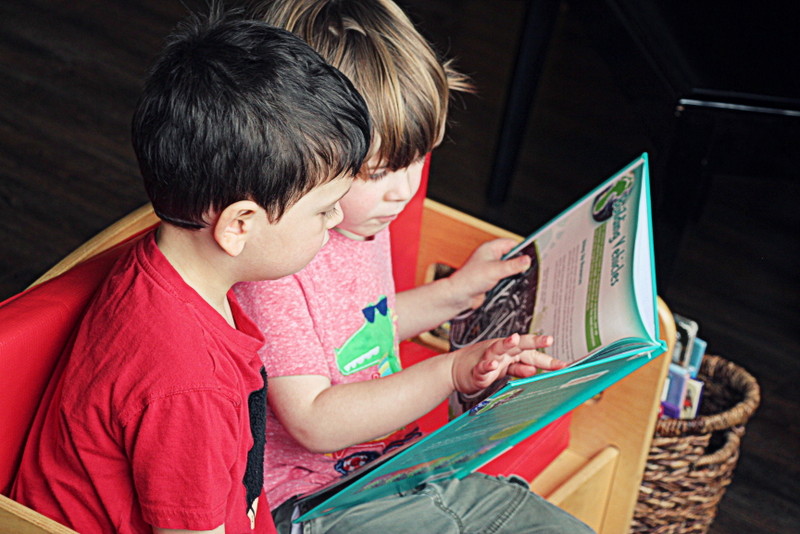

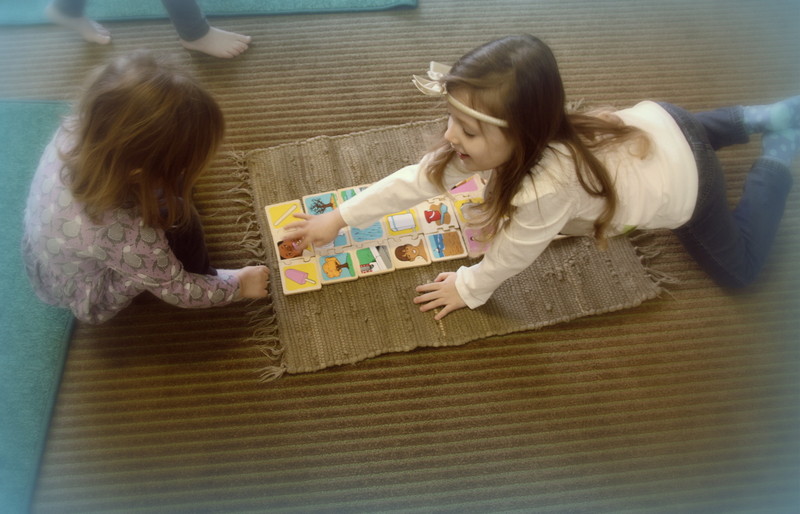

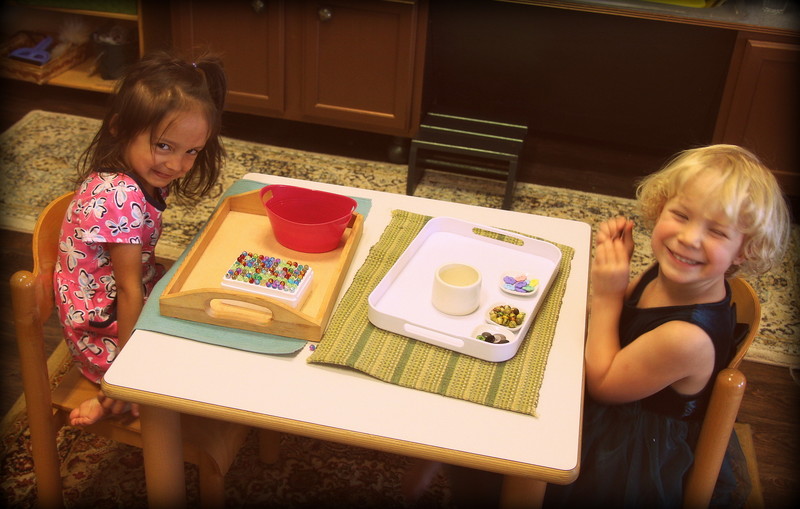


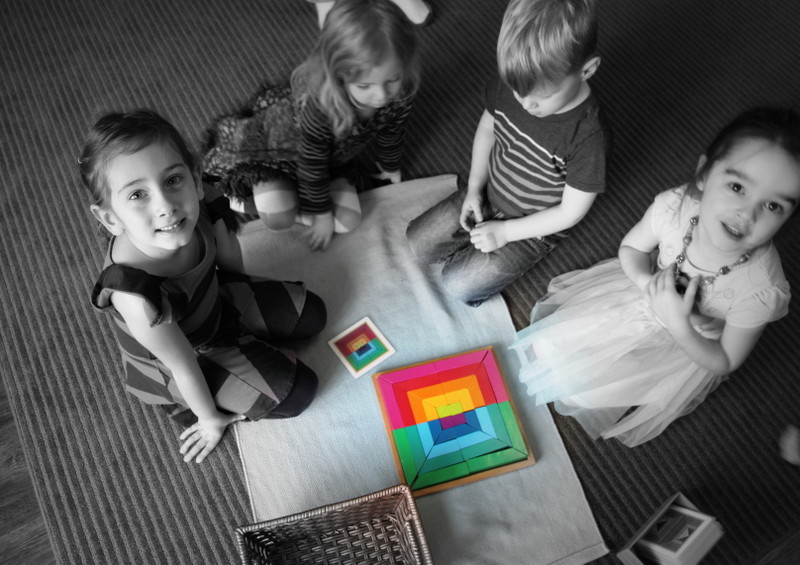

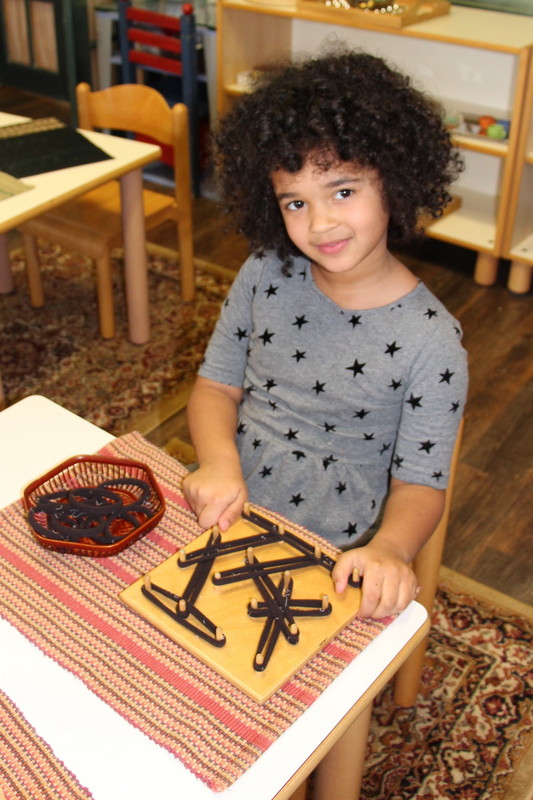






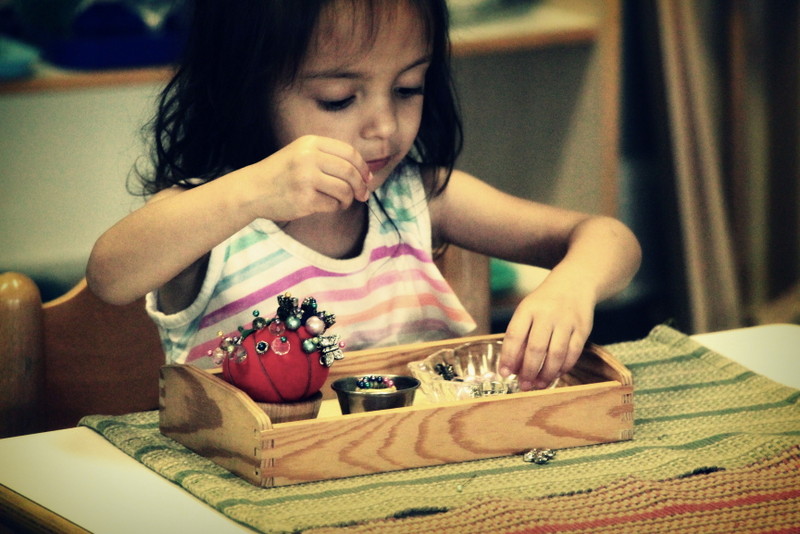

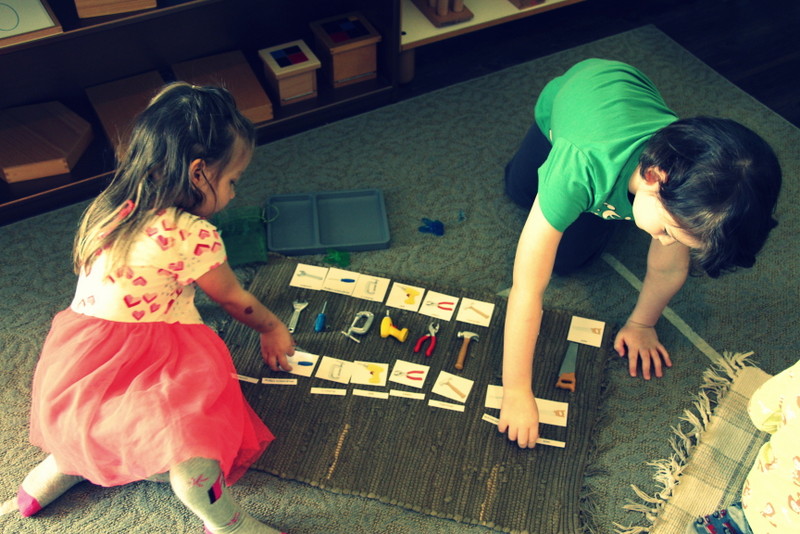
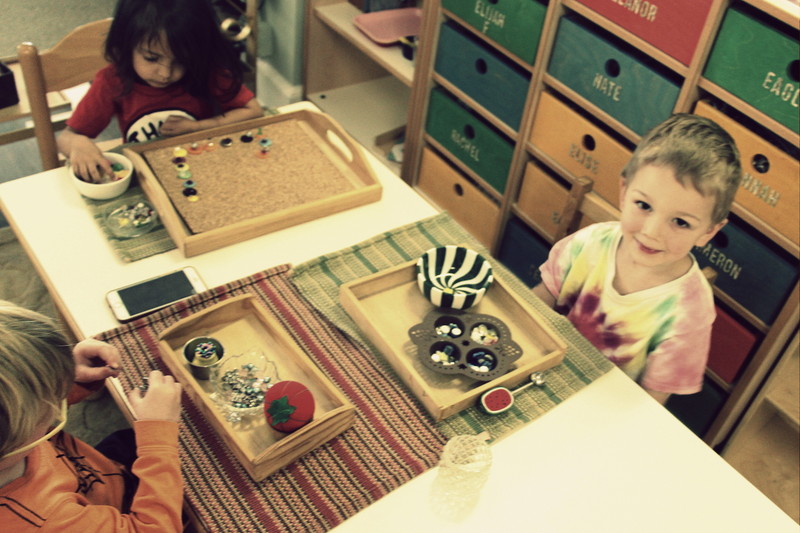
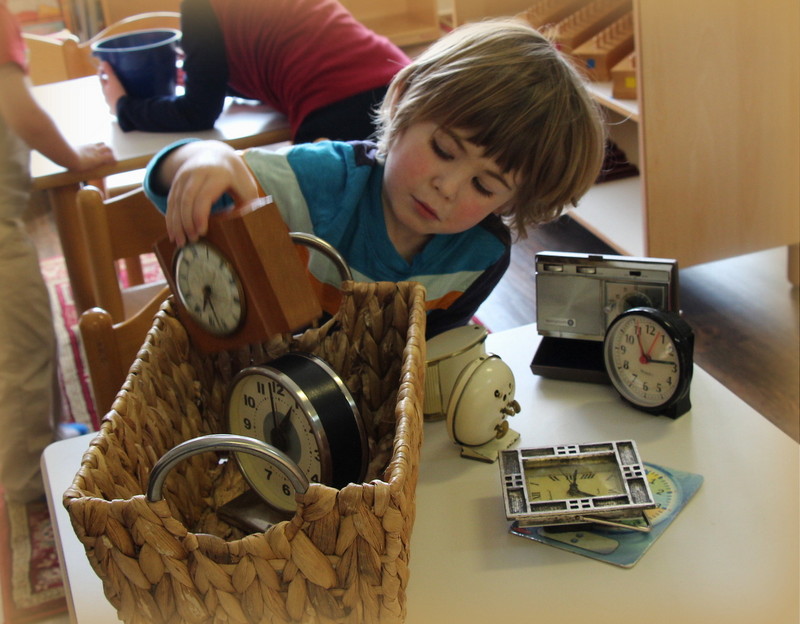
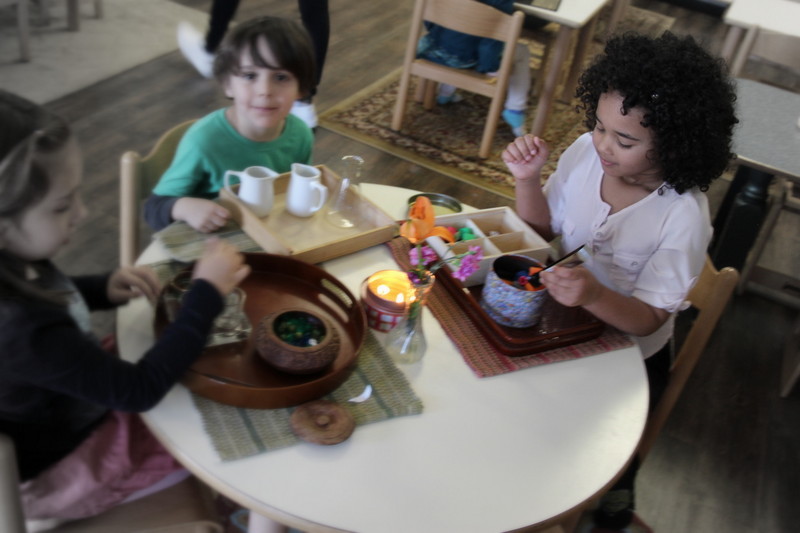


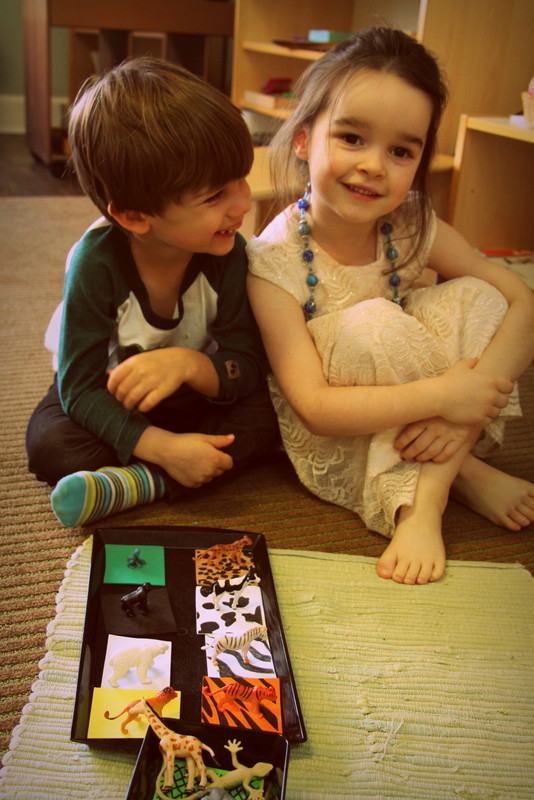


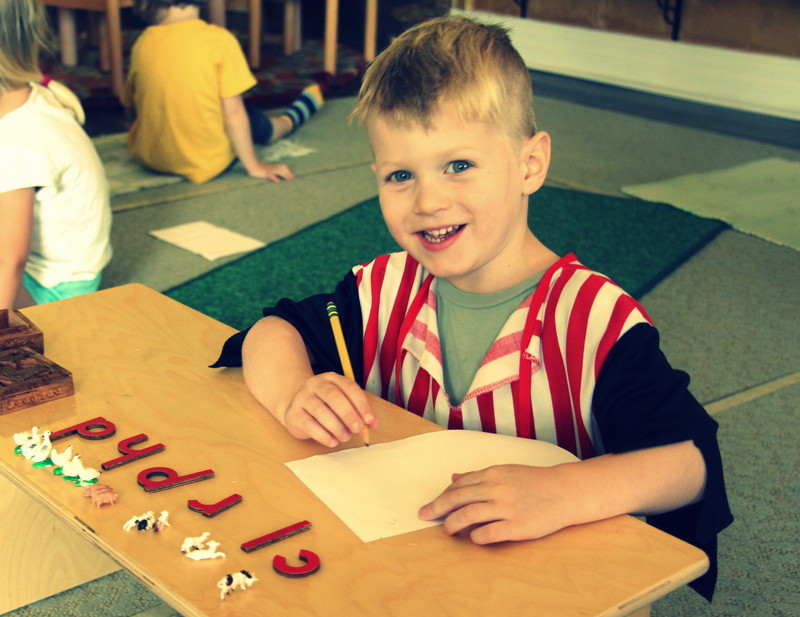

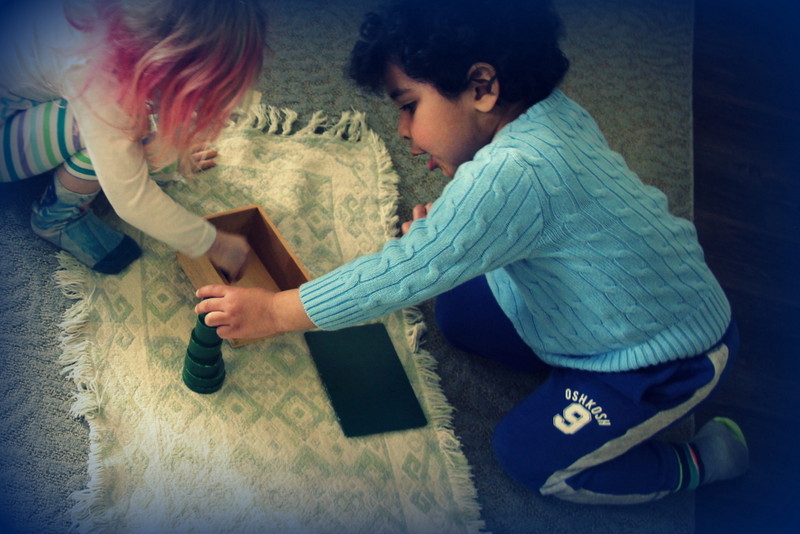

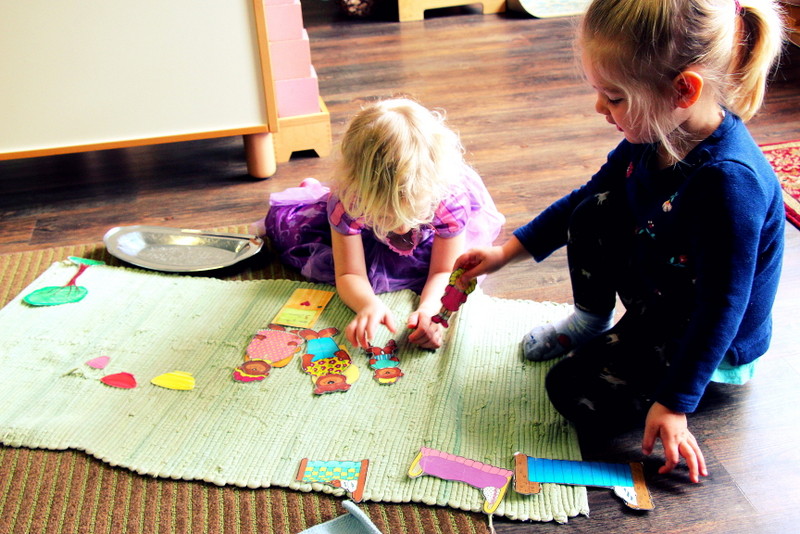
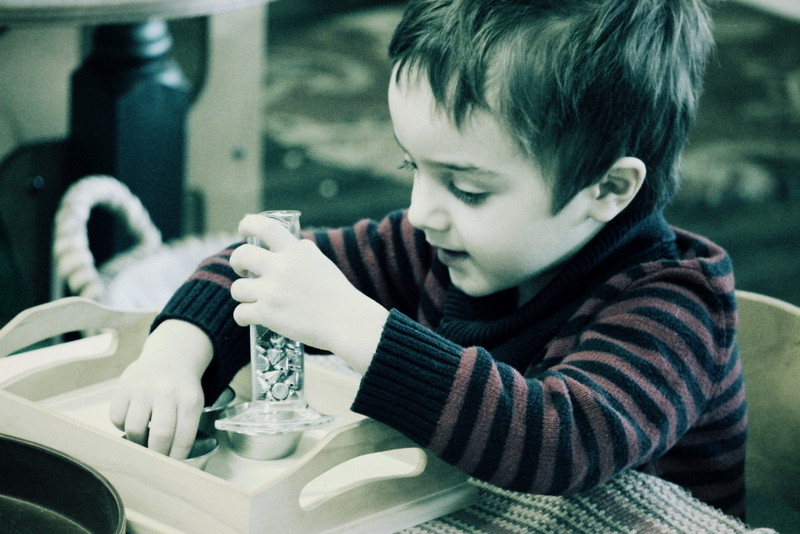
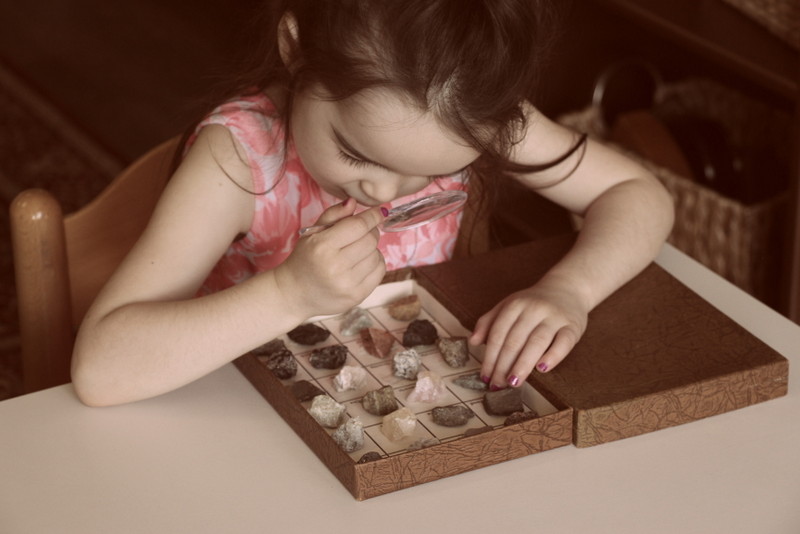



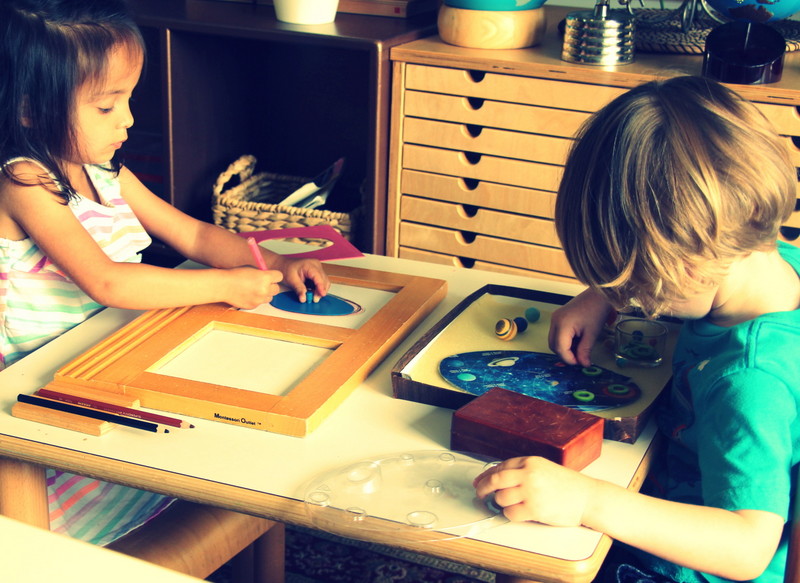
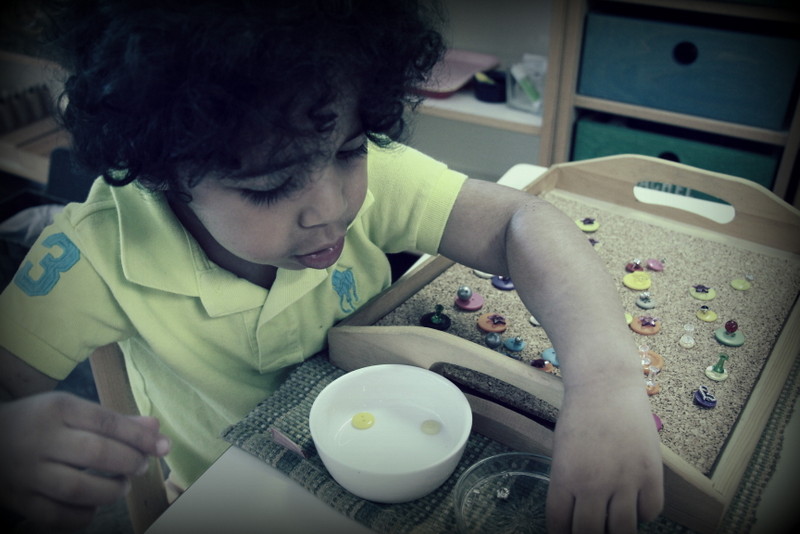
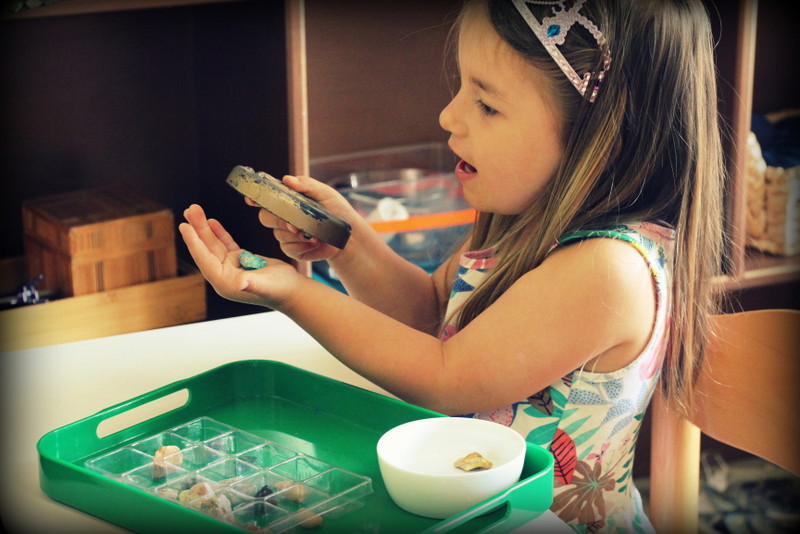



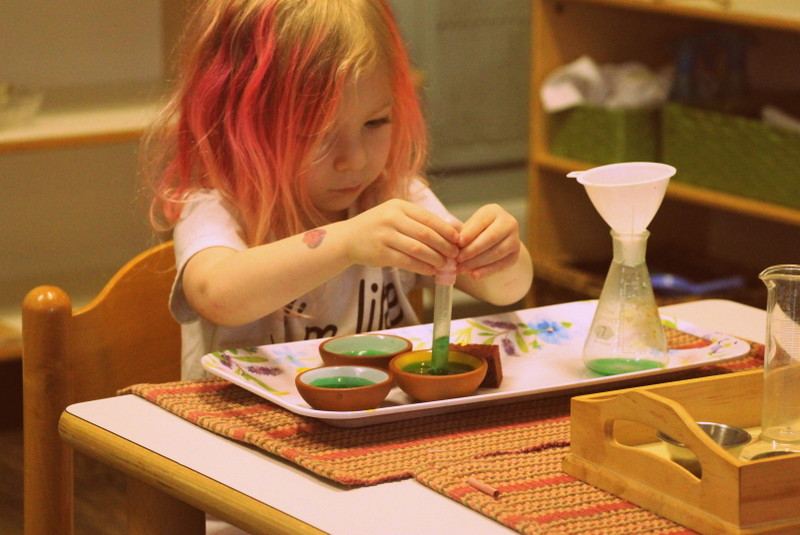

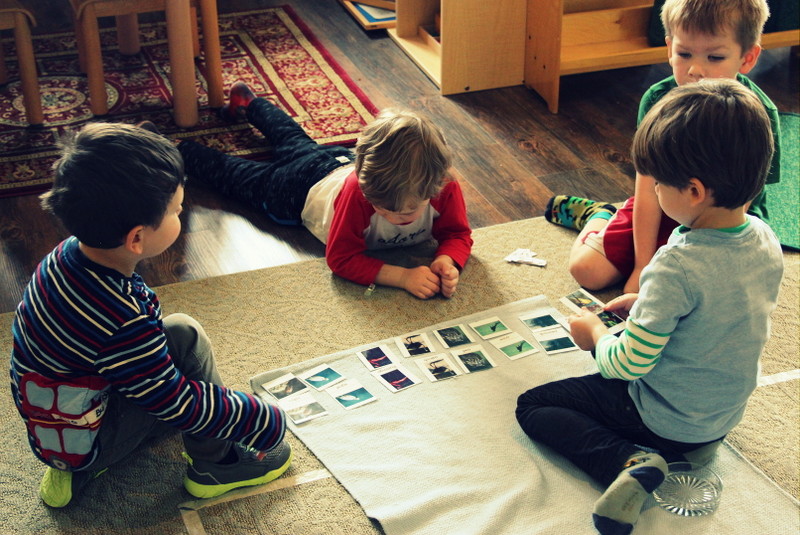

 One Last Thing….
One Last Thing….
A Big Thank You for All of your help with providing fantastic snacks for all of the students this year! Snack is a special time during the work cycle as students serve themselves and communicate with peers, in a cafe style setting. I know it’s not easy to find time to get to the store for an entire classroom, but you all were so very helpful. Thanks again!
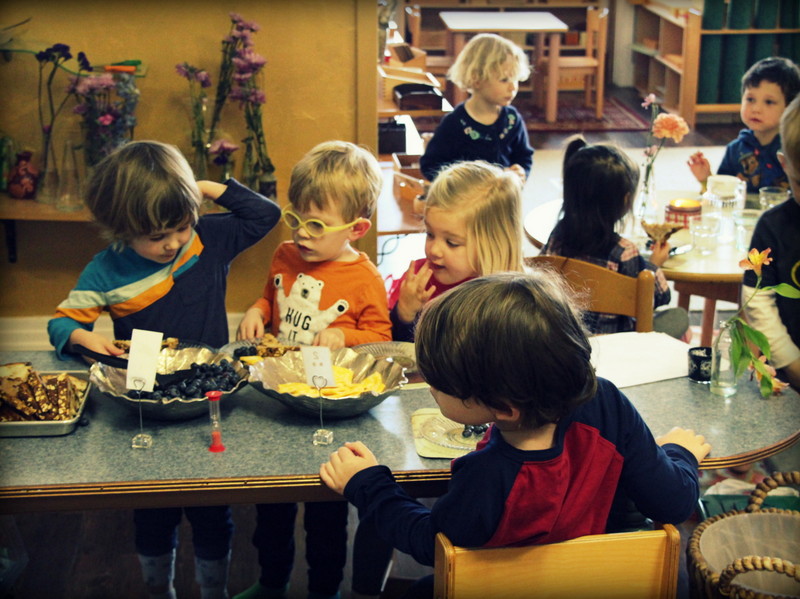 Anisa and I wish you all a funfilled summer. We have had an amazing year and we will miss you all <3
Anisa and I wish you all a funfilled summer. We have had an amazing year and we will miss you all <3
SaveSave




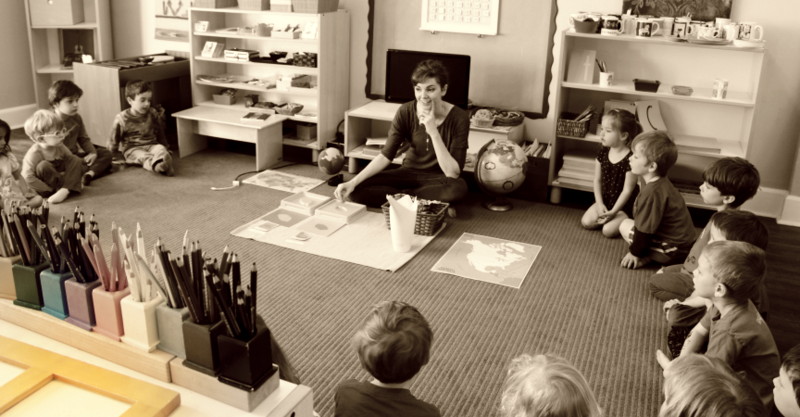
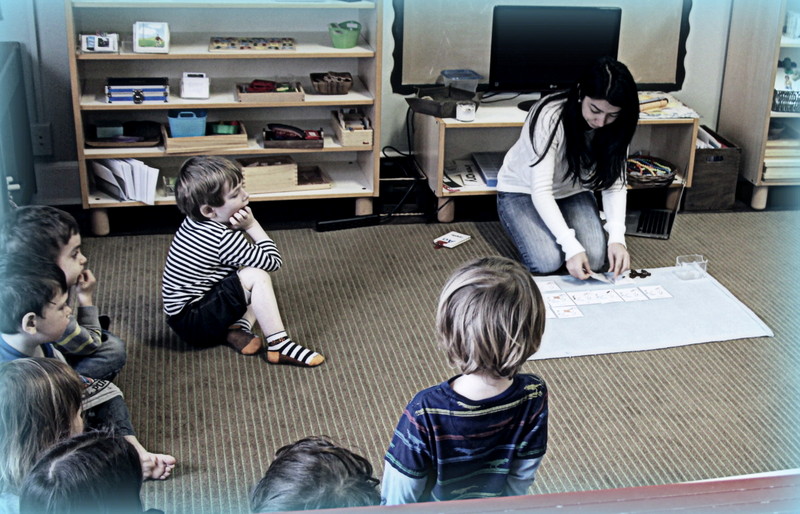


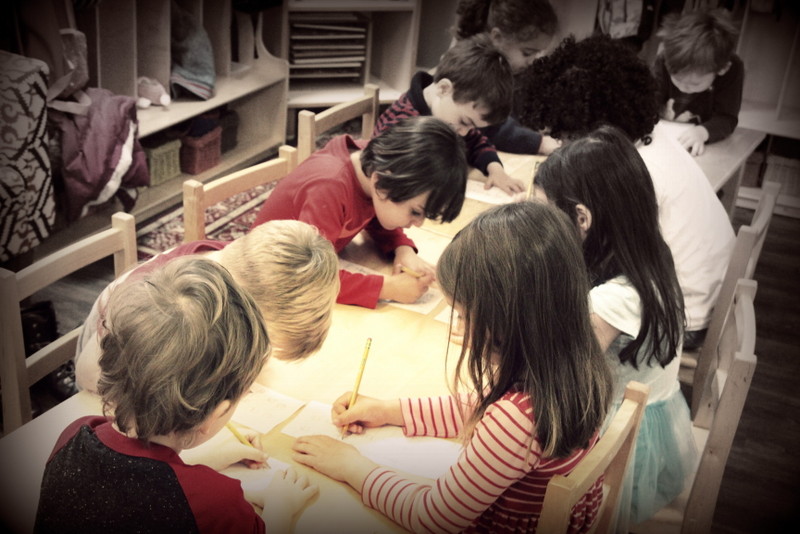

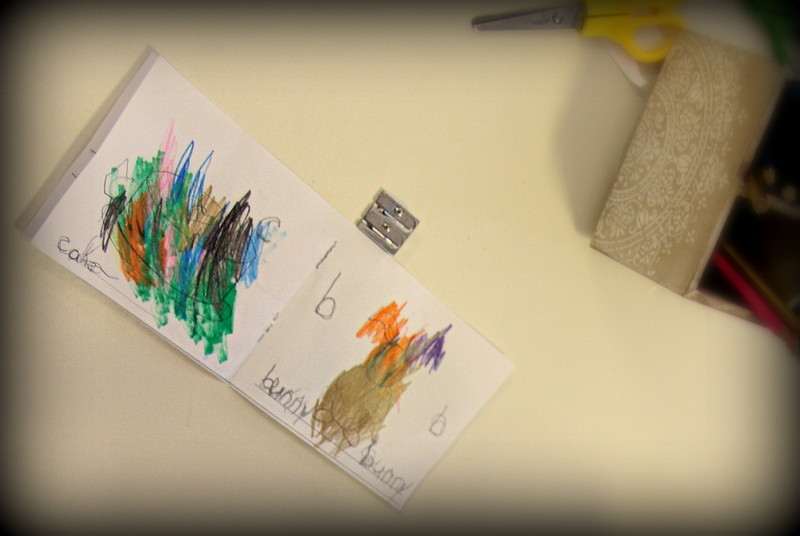













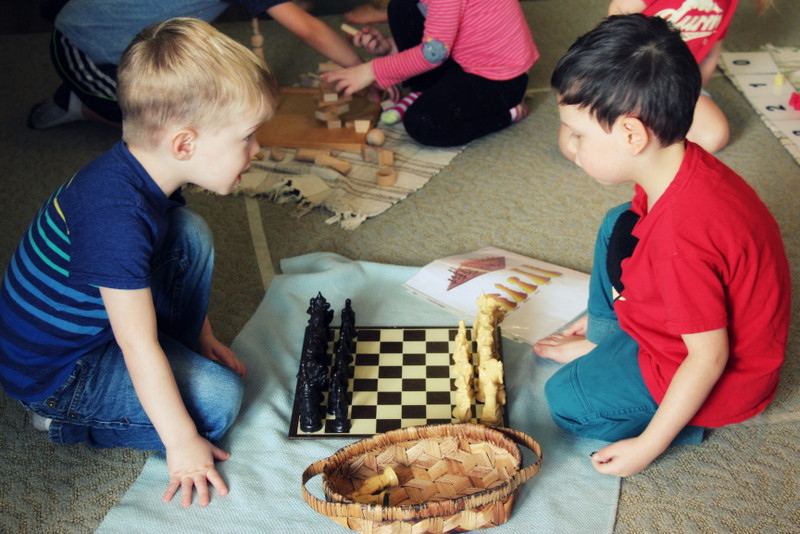


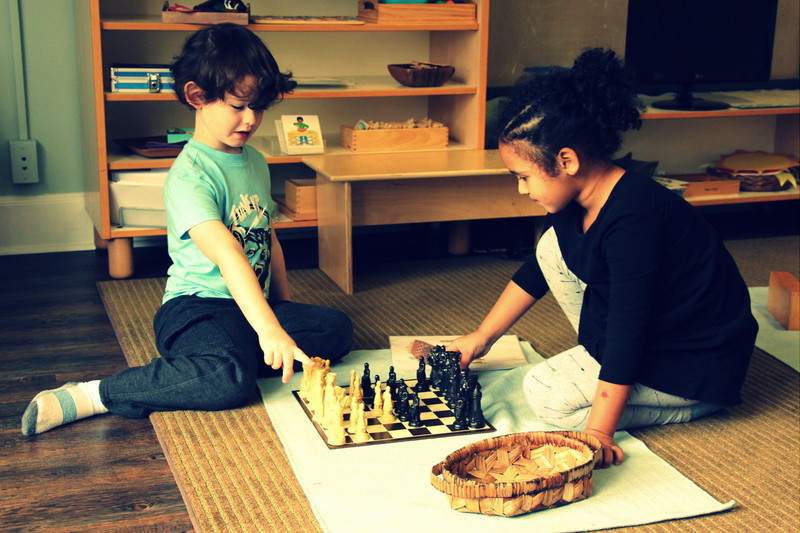





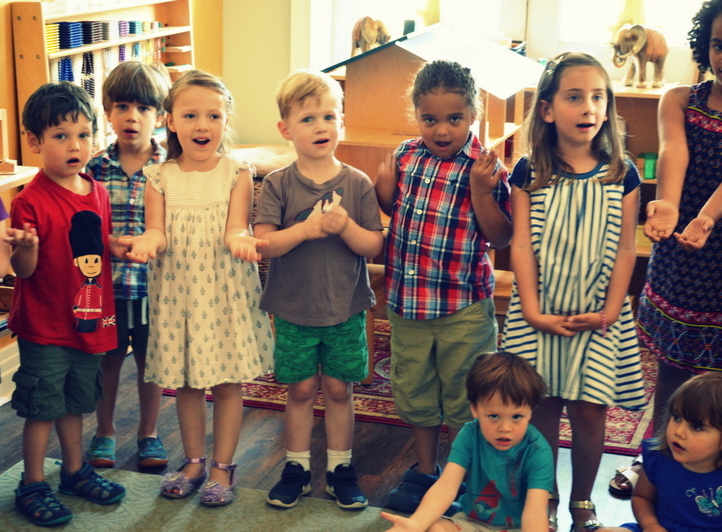





Thanks, as always, for putting these posts together. It’s such a great opportunity to see what our kids are doing on a day-to-day basis. We’ll really miss these blog posts when Harper goes off to “Big School” next year.
Awe, and we will miss having our lovely Harper included in this blog! She is always so productive with our works, and full of smiles when working alongside others- always so photogenic, too! Hopefully she will come back and visit, so that we can capture her beautiful presence again 🙂
Thanks for another great update. It’s always so fun to hear about what they have been up to. I look forward to going through the photos with Konstantinos and Thalia. Have a great summer!
Thanks, Kerri – I know that Konstantinos and Thalia take so much pride in what they have been up to lately. We will miss our dear Konstantinos as he’s been such an amazing student, consuming so much new information. We are thankful to have Thalia as she’s a strong soul and will make a great little leader as she won’t be the youngest next year!
Thank you Angelique for posting such a thorough description of some of the things the kids have been up to this past Spring. I really enjoyed reading all about what Cyrus has been learning in class. I also enjoyed going through the pictures with him and have him point out his favorite works and stories behind their team work. I hope you have a great summer.
Thank you, Sara! I hope you have a great summer, too! Glad to hear that you and Cyrus got to look at the photos together. He’s had a fantastic time with us!